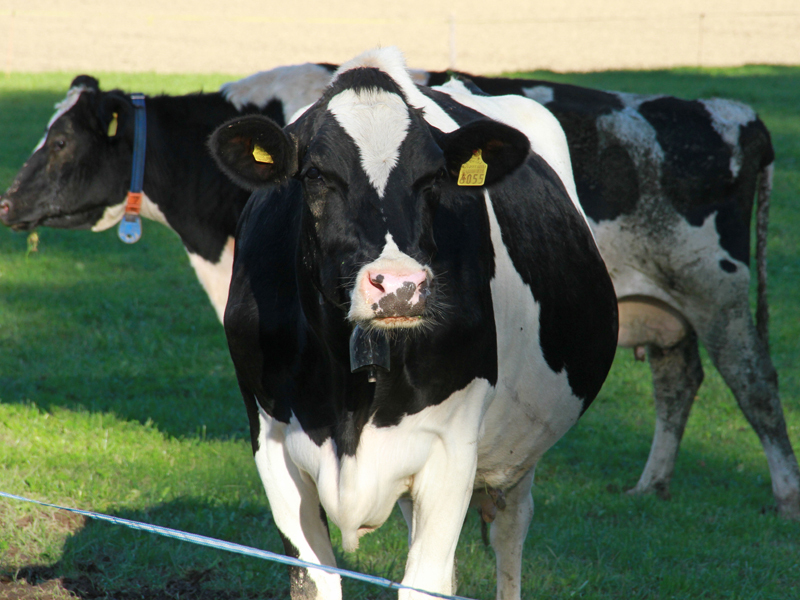Milk buyers must introduce new pricing models and develop strategic partnerships with dairy farmer suppliers, according to NFU Scotland.
The plea comes in the wake of recent milk price cuts by various companies including First Milk, Arla and Grahams Family Dairy.
The union has long called for dairy companies to adopt more transparent and market-related pricing mechanisms.
This week it called on milk buyers to stop basing their supply security on paying “just as much as they need to, based on a competitor’s price”.
NFU Scotland dairy policy manager George Jamieson said the latest round of price cuts, although justified due to globally weaker markets, had followed the usual pattern that “once one card falls the rest follow”.
“For those processors who claim that the price was as high as could be delivered then compare prices for March 2014,” said Mr Jamieson.
He said farmers in Denmark had been paid 38.15 pence a litre, those in Sweden paid 36.95 pence a litre and those in Holland 36.37 pence a litre – this compares to the UK average price of 33.65 pence a litre that month.
“These countries are dominated by successful co-ops, who have an obligation to pay their owners (farmers) as high a price as they can deliver,” added Mr Jamieson.
“Thus their price depends on the success of the business which will be dictated by markets and performance. If both go well then farmers benefit.”
He questioned the pricing mechanisms of UK private dairy companies.
“How many pay a price based on the success of the business, rather than just maintain alignment with competitors?” said Mr Jamieson.
“The prize for progressive dairy companies who genuinely value farmers as partners is long-term supply security.”
Meanwhile, industry levy body DairyCo this week said that liquid milk buyers would struggle to increase margins due to a slow down in growth in the retail grocery market.
“Price competition is stated as the key factor limiting market growth as retailers continue to compete for market share,” said DairyCo.
“This suggests there will be little opportunity for liquid milk processors to improve margins through wholesale price increases, keeping the focus on cost control.”
It said prices paid by liquid processors will need to remain competitive with other milk buyers in order to guarantee sufficient supplies to fulfil contracts.
